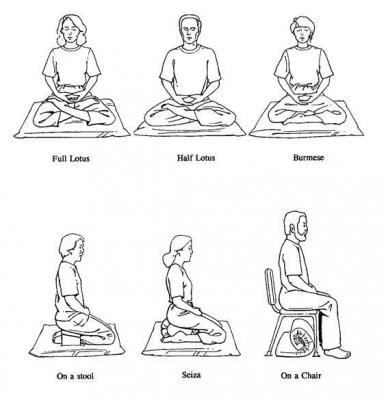
Attention Deficit Hyperactivity Disorder (ADHD) is most commonly found in children, but for about half it persists into adulthood. It’s estimated that about 5% of the adult population has ADHD. Hence, this is a very large problem that can produce inattention, impulsivity, hyperactivity, and emotional issues, and reduce quality of life.
The most common treatment is drugs, like methylphenidate, Ritalin, which helps reducing symptoms in about 30% of the people with ADHD. Unfortunately, the effectiveness of the drugs appears to be markedly reduced after the first year. In addition, the drugs often have troublesome side effects, including nervousness agitation, anxiety, irritability, sleep and appetite problems, head and stomach aches, nausea, dizziness, and heart palpitations. If that’s not enough they can be addictive and can readily be abused. So, drugs, at present, do not appear to be a good solution, only affecting some, only for a short time, and with unwanted side effects.
There are indications that mindfulness training may be a more effective treatment for ADHD. It makes sense that it should be, as the skills and abilities strengthened by mindfulness training are identical to those that are defective in ADHD, attention, impulse control, executive function, emotion control, and mood improvement. In addition, it is a relatively safe intervention that has minimal troublesome side effects.
In today’s Research News article “Mindfulness Meditation Improves Mood, Quality of Life, and Attention in Adults with Attention Deficit Hyperactivity Disorder”
http://www.hindawi.com/journals/bmri/2015/962857/
Bueno and her colleagues apply mindful awareness training for the treatment of adult ADHD. They found large clinically significant improvements in sustained attention, detectability, mood, and quality of life. Particularly important was the finding that mindfulness significantly improved attention as prior studies were not able to detect attentional improvement.
It is actually surprising that individuals with ADHD can sit still to meditate. But, it appears that they not only can, they report that they like it and it relaxes them.
Mindfulness practice is training in attentional focus. So, it is not surprising that this training improved attentional ability in people with ADHD. The improvement was not just in general attentional ability but also in detectability, the ability to discriminate relevant from irrelevant visual signals. Hence, mindfulness training appears to be particularly helpful in improving the ability to pay attention to the intended target while decreasing the degree to which other stimuli in the environment might intrude and distract the individual.
Mindfulness training improves executive function, cognitive control. This combined by the reduced distractibility decreases impulsive behavior, keeping behavior better regulated by thoughtful intentional processes. People with ADHD often fault themselves for their impulsive behavior and judge themselves harshly when these behaviors emerge. So, with mindfulness the individuals begin to feel better about themselves. Mindfulness training has been shown to improve the individual’s ability to keep emotions in check, to feel the emotions but to respond to them appropriately.
All of these benefits of mindfulness training for people with ADHD make it easier for them to function in life and combined with mood enhancement, produces a significant increase in quality of life. Mindfulness seems to make many aspects of the individual’s life better.
So, use mindfulness training to help manage ADHD.
CMCS – Center for Mindfulness and Contemplative Studies








